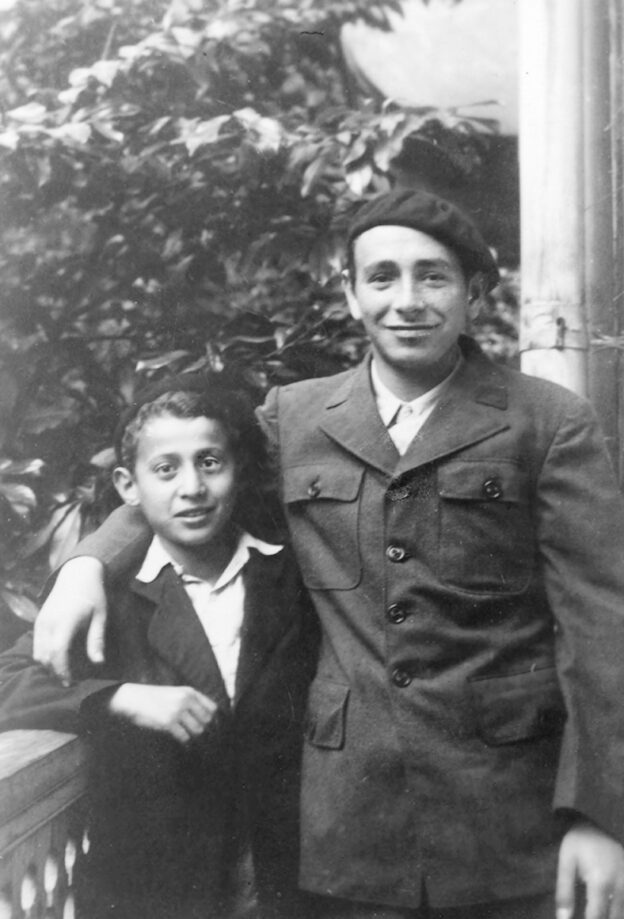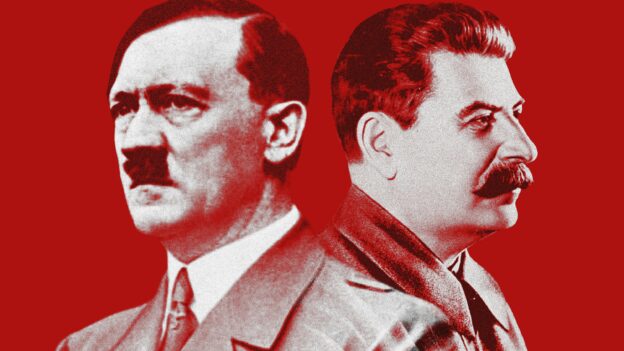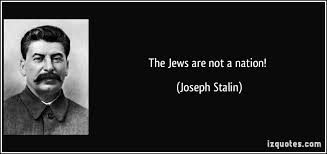I’ve long fixated on a phrase Yisro uses. When he rejoins Moshe and joins Klal Yisrael, he declares why, although he had been a guru in countless cults, he came to the conclusion that “Hashem is greater than all the powers.”
“Because,” he explains, “of the thing that [the Mitzriyim] plotted against them [i.e. Klal Yisrael]” (Shemos 18:11).
Rashi, in explanation, cites the Mechilta: “… the Mitzriyim thought to destroy Yisrael by water and they were themselves destroyed by water.” And he quotes Rabi Elazar (Sotah 11a), punning on the word “plotted,” which can also mean “cooked,” that “in the pot that they cooked up they ended up being cooked.”
What strikes me is that it is irony – here, that the means the Mitzriyim employed to kill Jews ended up as the agent of their own downfall – that moves Yisro to perceive the Divine hand.
It is such a Purim thought. In Megillas Esther, too, although Hashem’s name is entirely absent, His hand is perceptible through the irony that saturates the story: Haman turns up at just the wrong place at just the wrong time, and ends up being tasked with arranging honors for his nemesis Mordechai. All the villain’s careful planning ends up upended, and he is hanged on the very gallows he prepared for Mordechai. Haman’s riches, according to the Book of Esther, were given to Mordechai. V’nahafoch hu, “and it was turned upside down.”
Amalek may fight with iron, but he is defeated with irony.
Shortly after Germany’s final defeat in WWII, an American army major, Henry Plitt accosted a short, bearded artist painting on an easel in an Austrian town and asked him his name. “Joseph Sailer,” came the reply.
Plitt later recounted: “I don’t know why I said [it, but] I said, ‘And what about Julius Streicher?’” – referring to the most vile and antisemitic of Nazi propagandists.
“Ya, der bin ich,” the man responded. “Yes, that is me.” And it was.
A reporter later told Major Plitt that, had only “a guy named Cohen or Goldberg or Levy… captured this arch-anti-Semite, what a great story it would be.”
Major Plitt, in fact, was Jewish.
Stars and Stripes in late 1945 reported that Streicher’s possessions were converted to cash and used to create an agricultural training school for Jews intending to settle in Eretz Yisrael.
And when Streicher was hanged at Nuremberg in 1946, his final words, shouted just before the trap sprang open, were: “Purim Fest 1946!” – a rather odd thing to say on an October morning.
© 2025 Rabbi Avi Shafran







